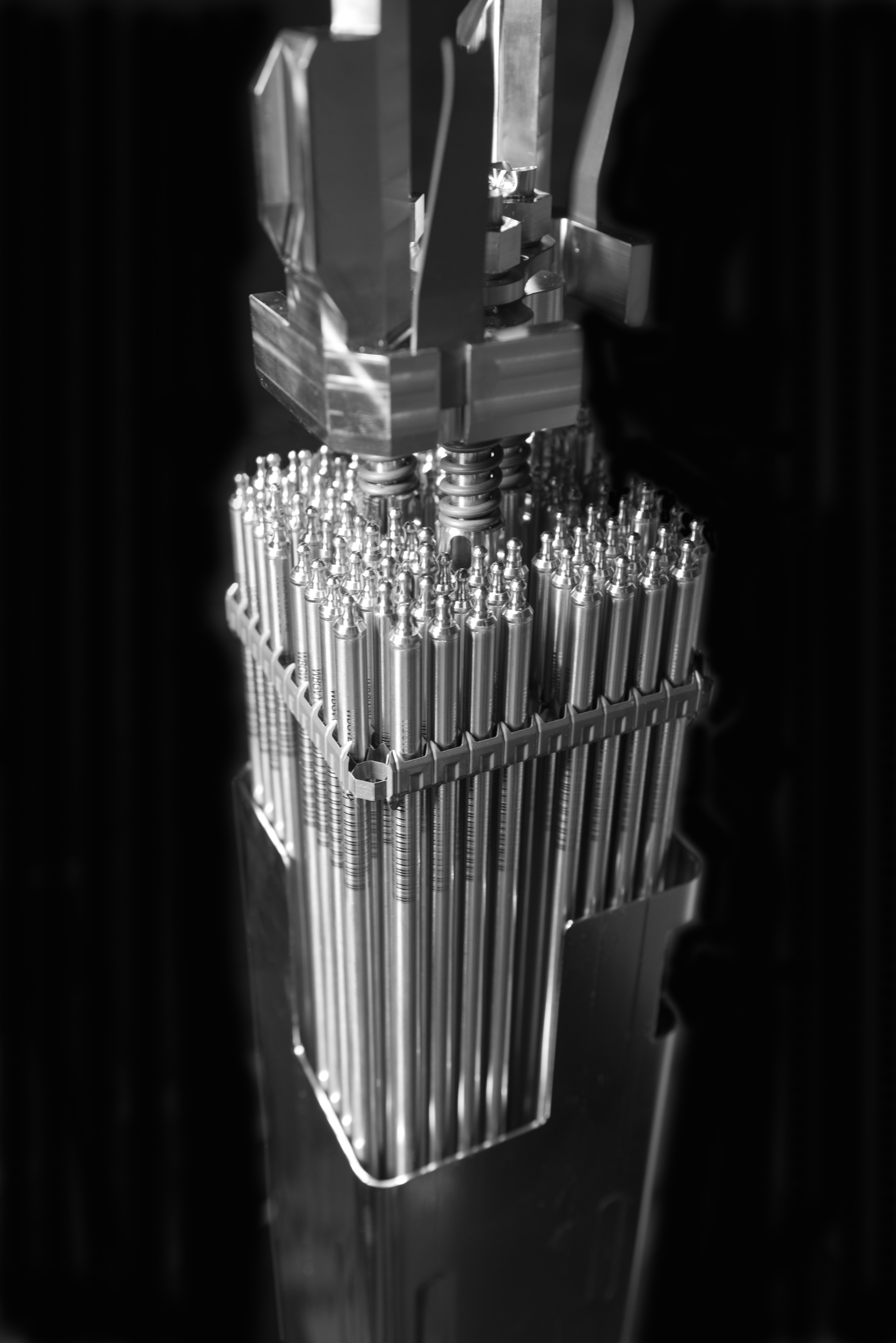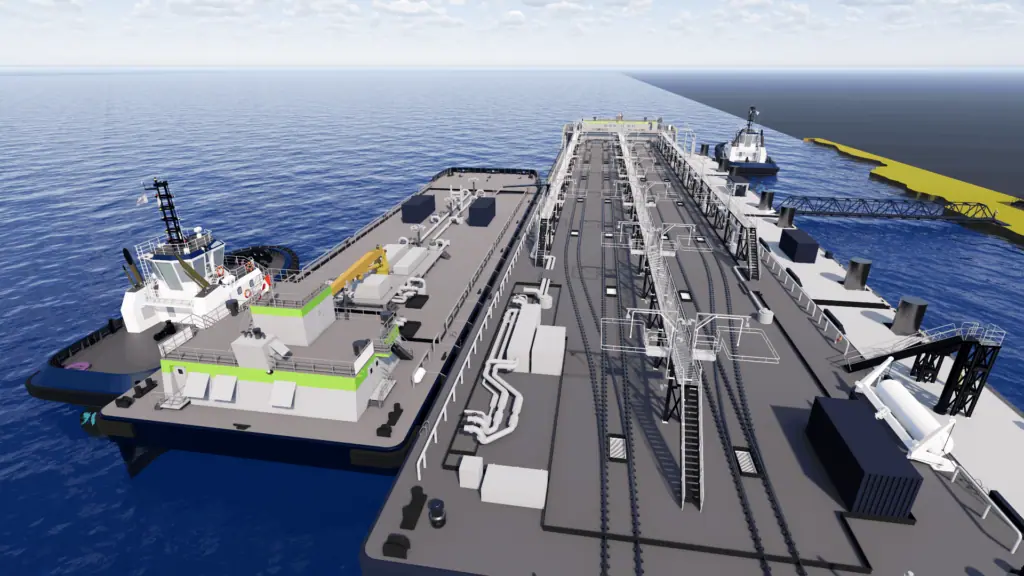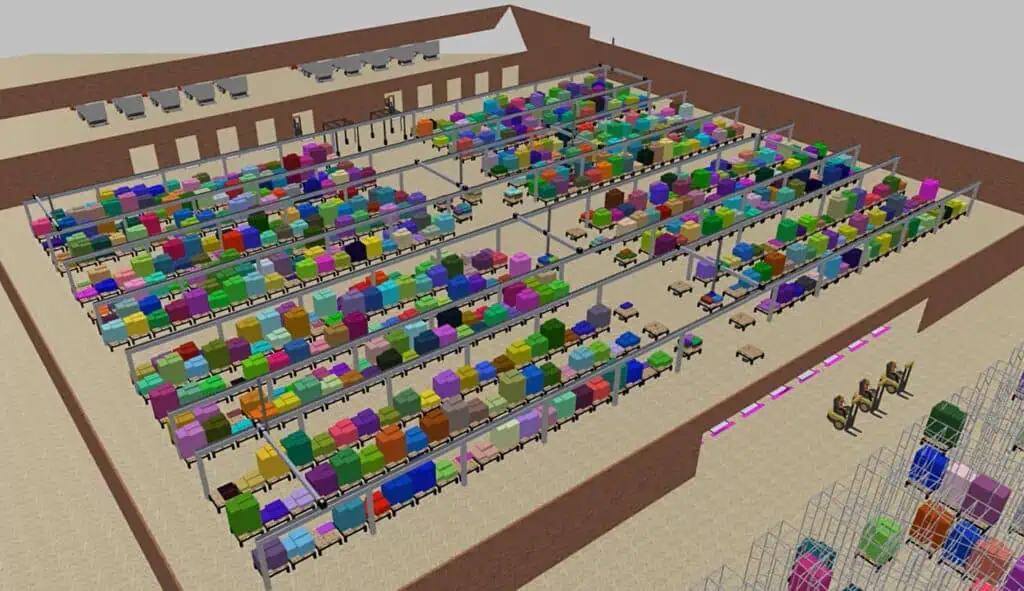It is no secret that Americans love fast food. Fast food restaurants have spread across the globe, and emerging markets are one of the fastest growing areas in the industry.
Multiple Challenges Facing The Fast Food Industry
But the fast food industry is not without its challenges, especially in the United States. From rising food costs, economic recession and changing perceptions about health, many fast food chains have been feeling some heat.
However, rather than fleeing from this challenge, the fast food industry has been improving their processes and adopting predictive analytics to reduce cost and increase revenues.
Fast food chains focus on high volume, low cost and high-speed product. Frequently, food is preheated or precooked and served to-go, though many locations also offer to seat for on-site consumption. Consumers enjoy being able to get a familiar meal in each location, and menus and marketing are the same in every location.
Fast Food Restaurant Dynamic Modeling and Simulation
The model executes dynamic behavior that is defined for each of these components, including process delays, congestion, reliability, schedules and more.
Customers arrive at the restaurant either walking through the front door or in a car through a drive-through lane to place an order. Employees in various parts of the restaurant are assigned to job roles and perform various tasks in those areas.
Simulation, when used for planning or assessment, can help with:
- Predicting behavior of your people, process and systems,
- Improving the efficiency of your operations,
- Validating the business plan for your new product rollout
- Winning credibility for your proposal by visually communicating to a wide range of stakeholders
The model integrates various components of a fast food restaurant, such as cooking, food preparation, front counter, drive through, dining area and ancillary functions like cleaning, closing and maintenance.
The modelling environment is a to-scale representation of the building housing the restaurant and the individual areas and rooms inside.
Simulation Answers Fast Food Restaurant Planning Questions
The model is constantly collecting data in real-time for all these components. This simulation model can be used for running the restaurant under various scenarios, to answer questions like:
- How many staff members are needed for the front counter, drive-through, cooking and food preparation?
- What is the best deployment of these staff members across the restaurant and how should the deployment change throughout the day?
- What is the quantity and utilization of cooking equipment needed to support varying operating levels?
- What are the expected throughput, customer order-to-delivery times, and time spent waiting for food?
- Where are the bottlenecks and shortages in the restaurant operation?
- Can the current queue lengths and wait time for food experienced by customers be improved by changing operating policies?
- Does the benefit of adding staff, point-of-sale windows, fryers and dine-in capacity justify the cost?
- What should the right balance be between cooking ahead of time vs. food wastage due to expiration?
- Can you calculate the estimated annual operating costs under various scenarios?
Here at MOSIMTEC, we are in the business of leveraging modern advancements in modelling and simulation science and technology to solve complex issues for clients across various industries.
Our core focus is assisting clients to make better decisions through the application of decision support tools. Our team has extensive experience working with leading computer simulation software and solving complex issues for clients across various industries.
Contact us to learn more about business simulation modelling for your fast food restaurant.
Other Case Studies
- All
- AMR
- Anylogic
- automated mobile robots
- case study
- Digital Twin
- Distribution Center
- industrial automation
- Logistics
- nuclear fuel fabrication
- Oil-and-Gas
- order fulfillment
- risk-based planning and scheduling
- Simio
- Simulation
- terminal simulation
- throughput validation
- Westinghouse


